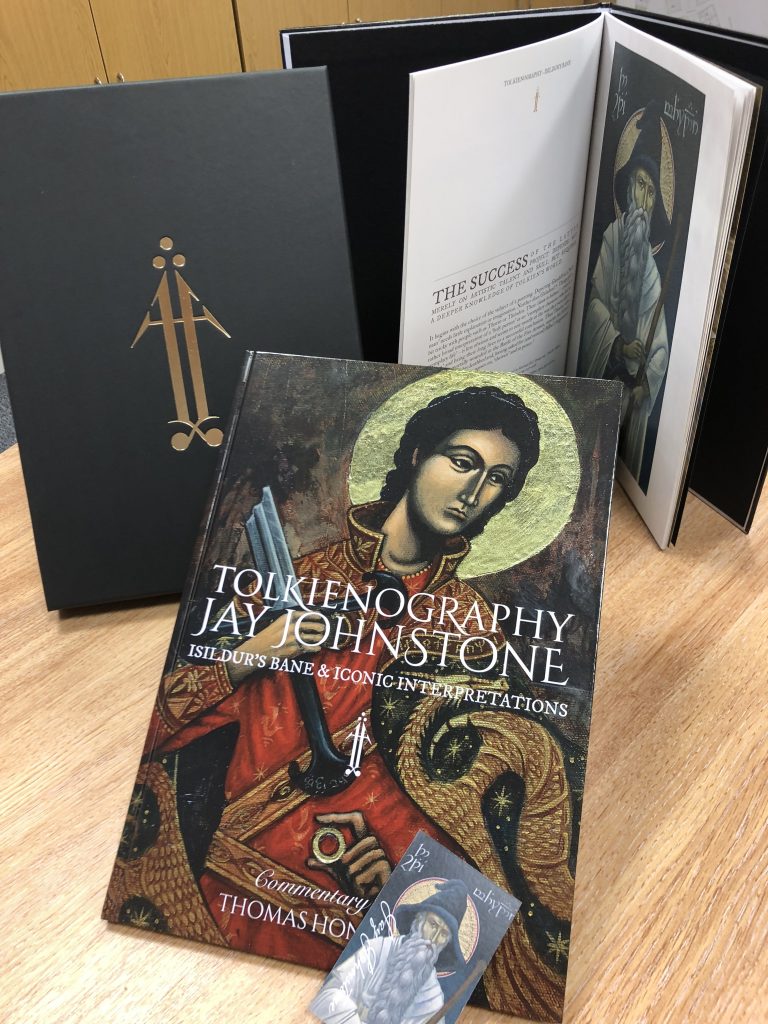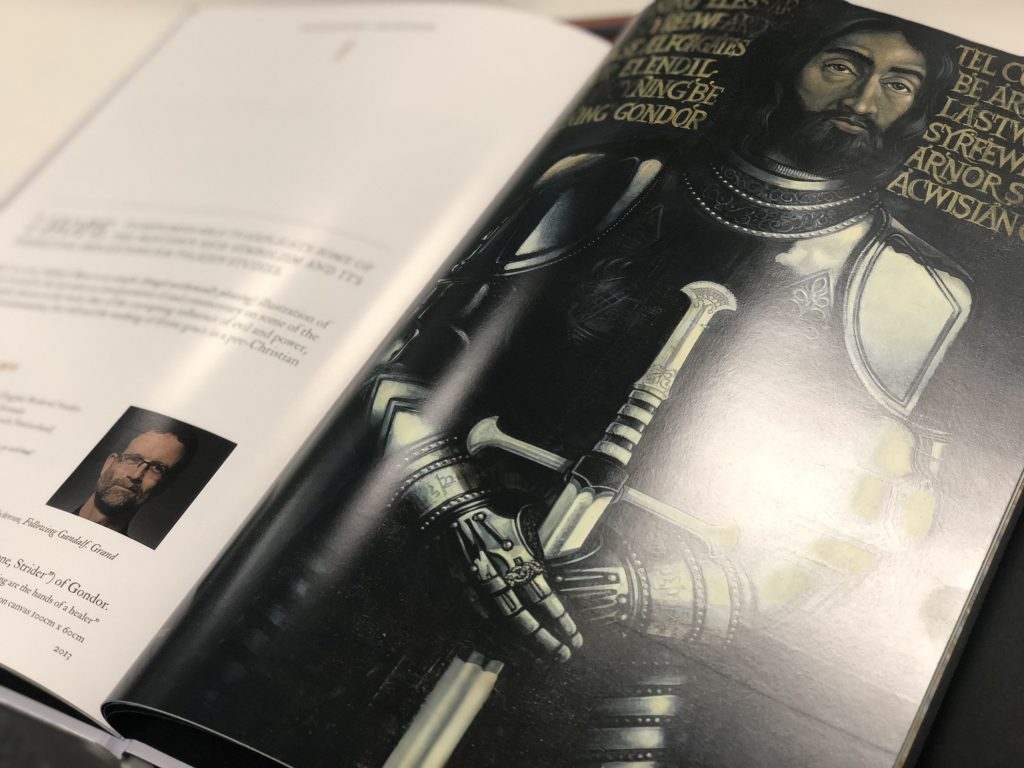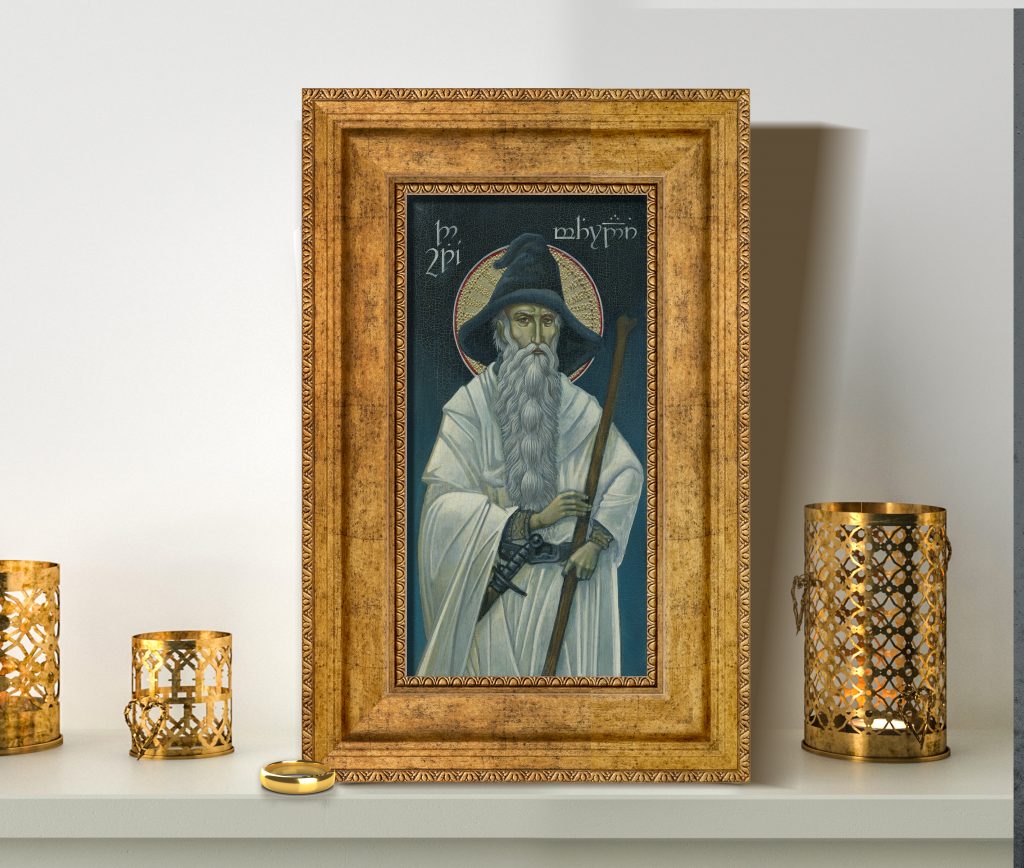What is ‘The Song of the Roots of Hithaeglir’ and where does it fit into Tolkien works? Is Amazon’s The Rings Of Power making up new lore?
In this article, TORn Discord Moderator DrNosy examines the introduction of a new Elven Folklore – ‘The Song of the Roots of Hithaeglir’ – in Season One’s fifth episode as a plot device in The Rings Of Power.
########
What is “The Song of the Roots of Hithaeglir”?
In the words of Elrond himself, ‘The Song of the Roots of Hithaeglir’ is “an obscure legend regarded by most to be apocryphal” [Ed note: emphasis added]. Elrond is underscoring the point that this legend is folklore.
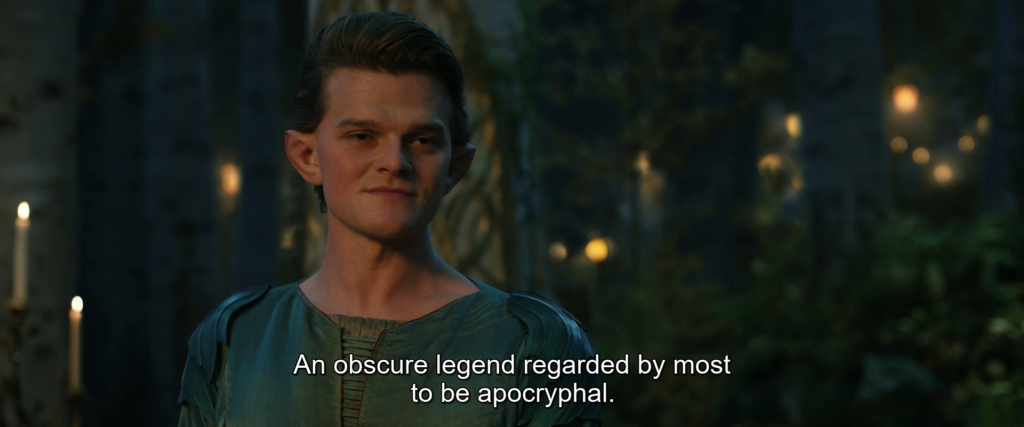
The fantasy works of Tolkien are based in European folklore. Folklore is described as the beliefs, customs, and stories of a community, that might be passed within that community through the generations. Folklore often contains details specific to the beliefs of the community.
Now, this is what makes folklore interesting — their origins are often based in truth. Not literal truths but something akin to parables and fables that hint at a truth. After all, you may have heard it said, “the truth is [more frightening] than fiction”.
For example, in Western folklore, we are familiar with the concept of ‘werewolves’. This lore is entirely fictitious. Yet the lore itself arises from a truth, and has a purpose. That purpose was our ancestors’ way of warning us about metaphorical wolves in our midst, i.e., ‘serial killers’.
Werewolf legends derive from early Nordic folklore. Specifically, The Saga of the Volsungs tells of a tale of a father and son who discover wolf pelts with the power to turn people into wolves. Donning these pelts, the father and son duo embark on a rampage killing many. There is also have a fifteenth-century account of a vicious serial killer in Bedburg, Germany, whose actions were enshrined into local folklore as a man that turned into wolf-like creature at night before his killing spree.
Folklore and fables are essential to human survival. They function as a warning to the listener about the realities of the world without exposure to the brutality of its truths. They are a way to keep us safe.
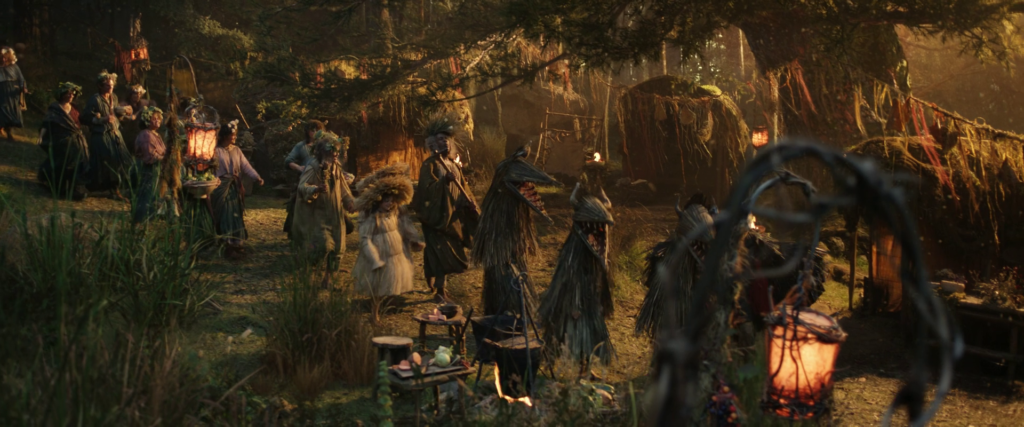
Nobody goes off-trail and nobody walks aloneReturning to our `apocryphal` origin of mithril, ‘The Song of the Roots of Hithaeglir’ is not based in any Tolkien texts. Within The Rings of Power story, however, it functions as an Elven folklore founded on the nature of mithril and the truth of what else might lie beneath the Misty Mountains.
Note the words of Celeborn, one of the wisest of Tolkien’s Elves, who offers a pertinent reminder to not cheaply discount (their) lore.
‘Then I need say no more,’ said Celeborn. ‘But do not despise the lore that has come down from distant years; for oft it may chance that old wives keep in memory word of things that once were needful for the wise to know.’
Farewell to Lórien, The Fellowship of the Ring
Making mythril
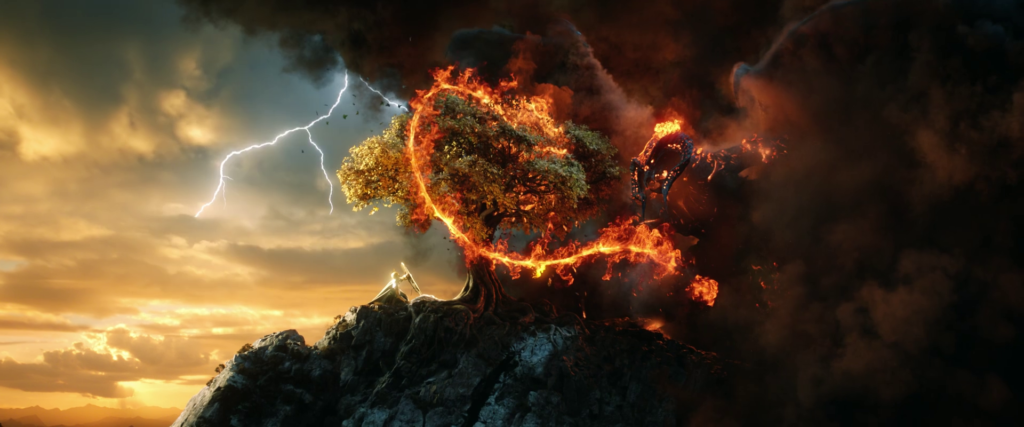
An Elven warrior (`with a heart as pure as Manwë`) and a Balrog (`all his hatred`) poured themselves into a tree bearing the light of Silmarils. One seeking to protect it, the other seeking to destroy it. Lighting (likely from Manwë) struck the tree which resulted in the creation of the tree’s roots… veins of mithril into the mountain.
This sacrifice made by both warrior and Balrog resulted in the subcreation of mithril — a thing of unimpeachable goodness yet also of unsurpassed peril.

`The Song of the Roots of Hithaeglir` is a cautionary fable for all the peoples of Middle-earth. While mithril will bring glory to Dwarves, salvation to the Elves, and riches to Men, it will also bring inevitable Doom upon those who seek it.
In this fashion, Gil-galad’s hope in mithril (as of Episode 5) also mirrors an aspect that Tolkien described in a letter to Milton Waldman:
[But] the problem: this frightful evil can and does arise from an apparently good root, the desire to benefit the world and others.
Letter #131, The Letters of J.R.R. Tolkien
Thus, even though mithril comes from a good root a frightful evil will arise from it.
About the author:
DrNosy is a scientist (physical science), scholar, and Tolkien enthusiast. Her primary interests lie in review and analysis of The Lord of the Rings: The Rings of Power. She is an active contributor and Moderator on TheOneRing.net Discord where she also hosts live open-forum panel discussions on The Rings of Power, The Silmarillion, and a variety of Tolkien-related topics. You can reach her on Twitter.



